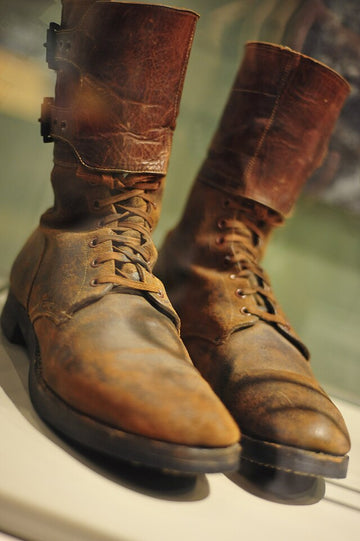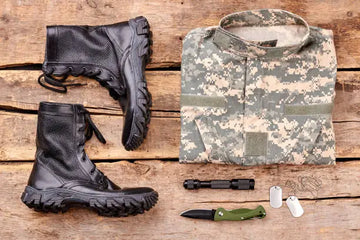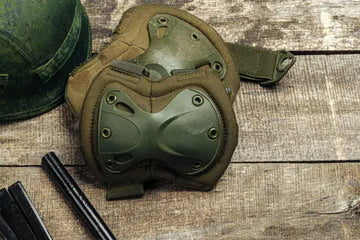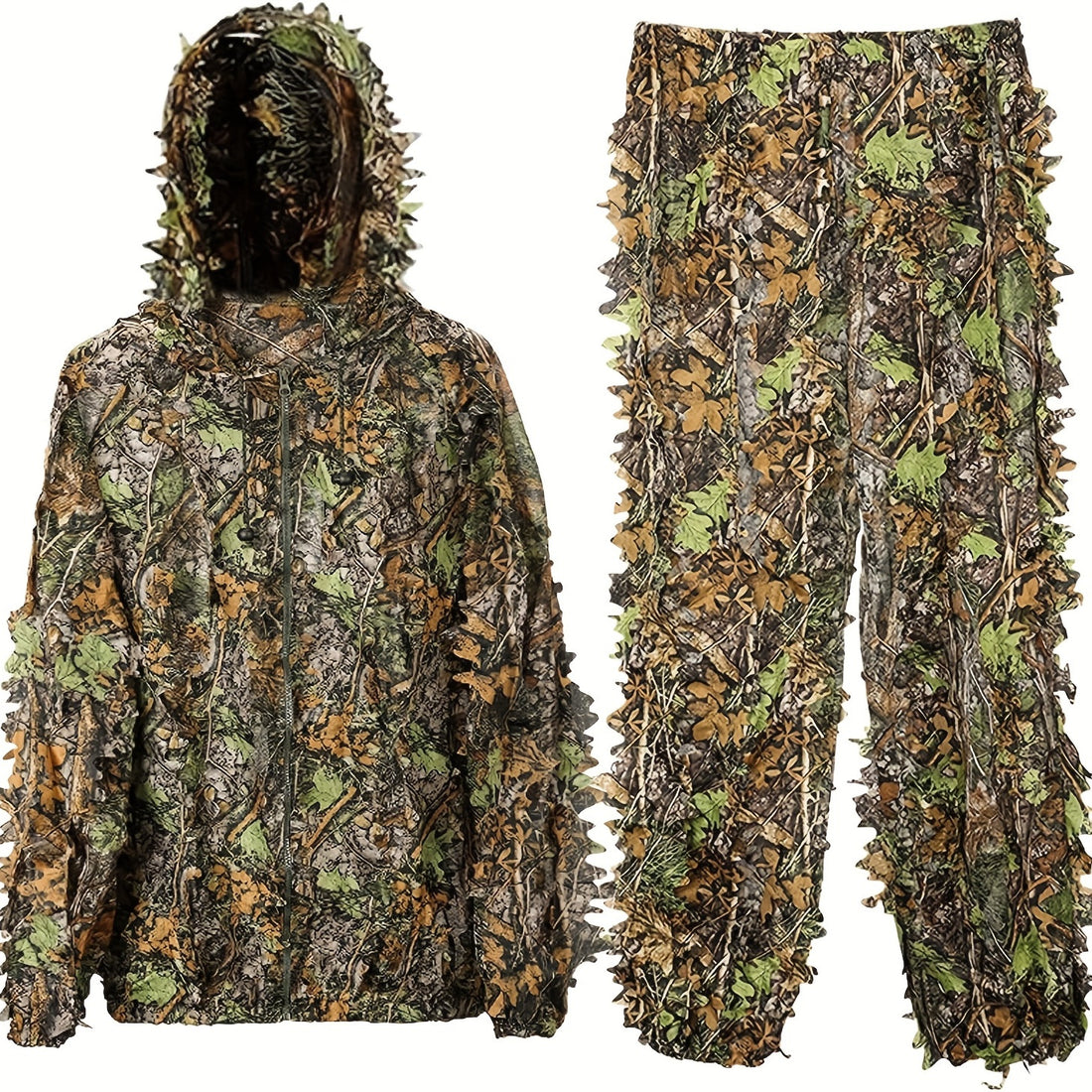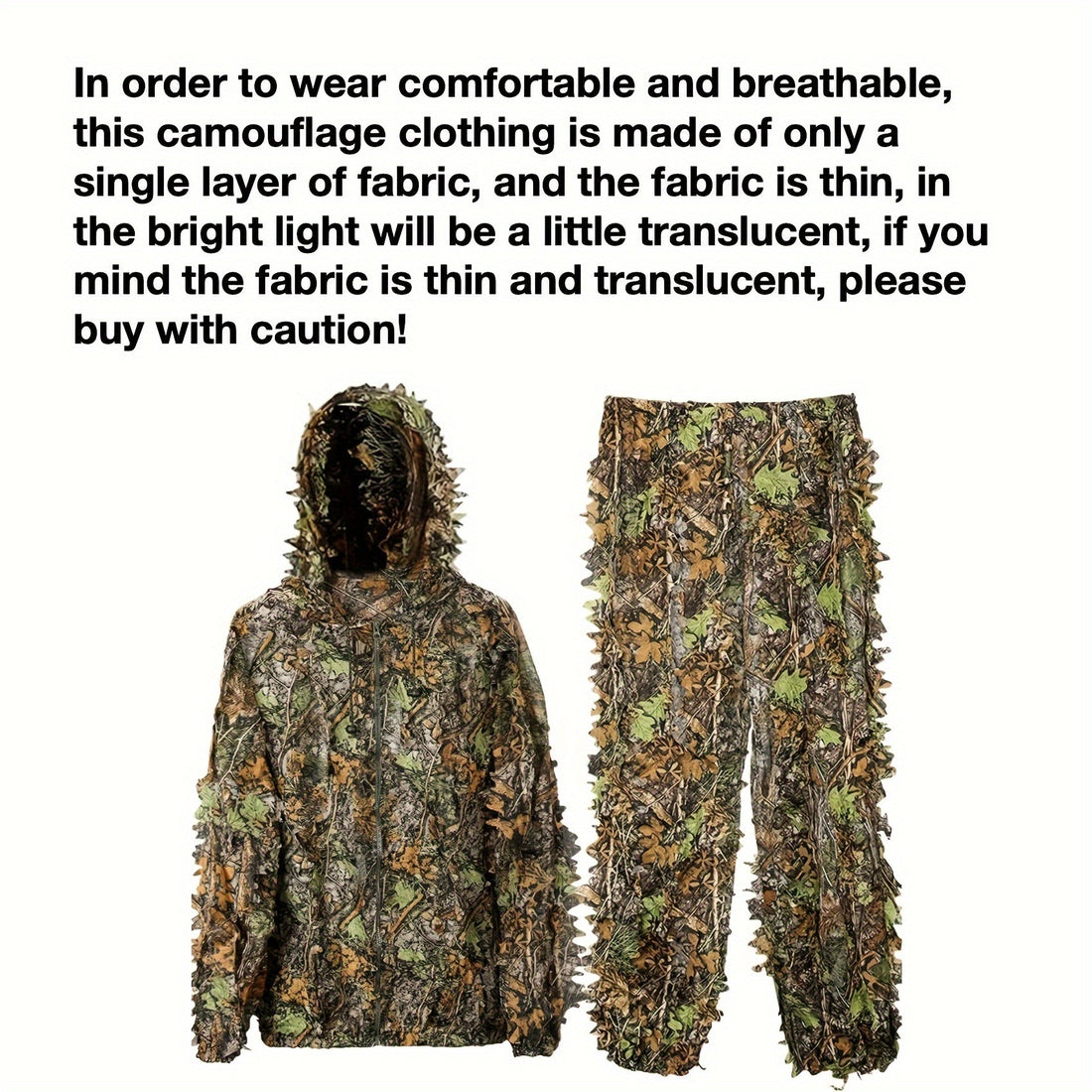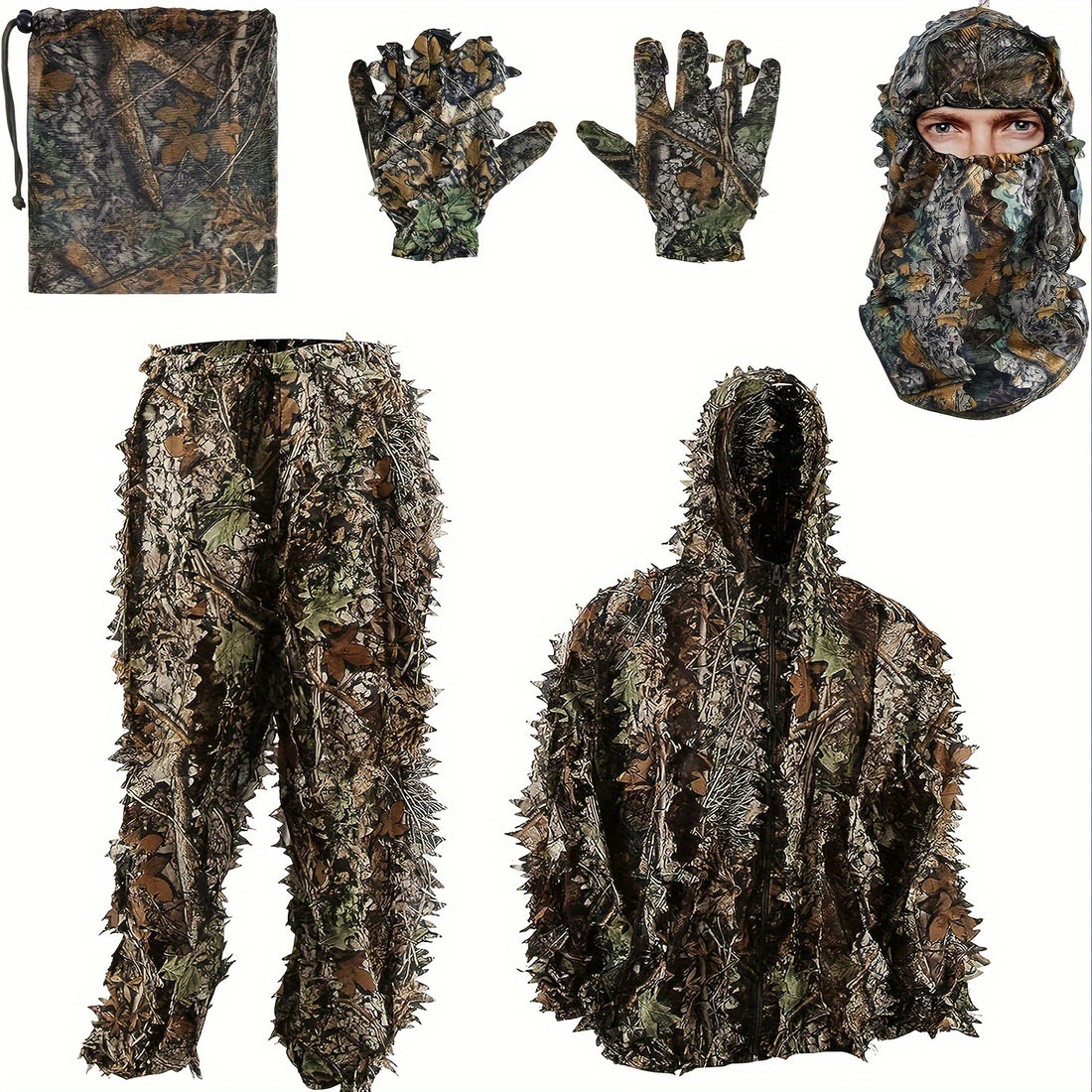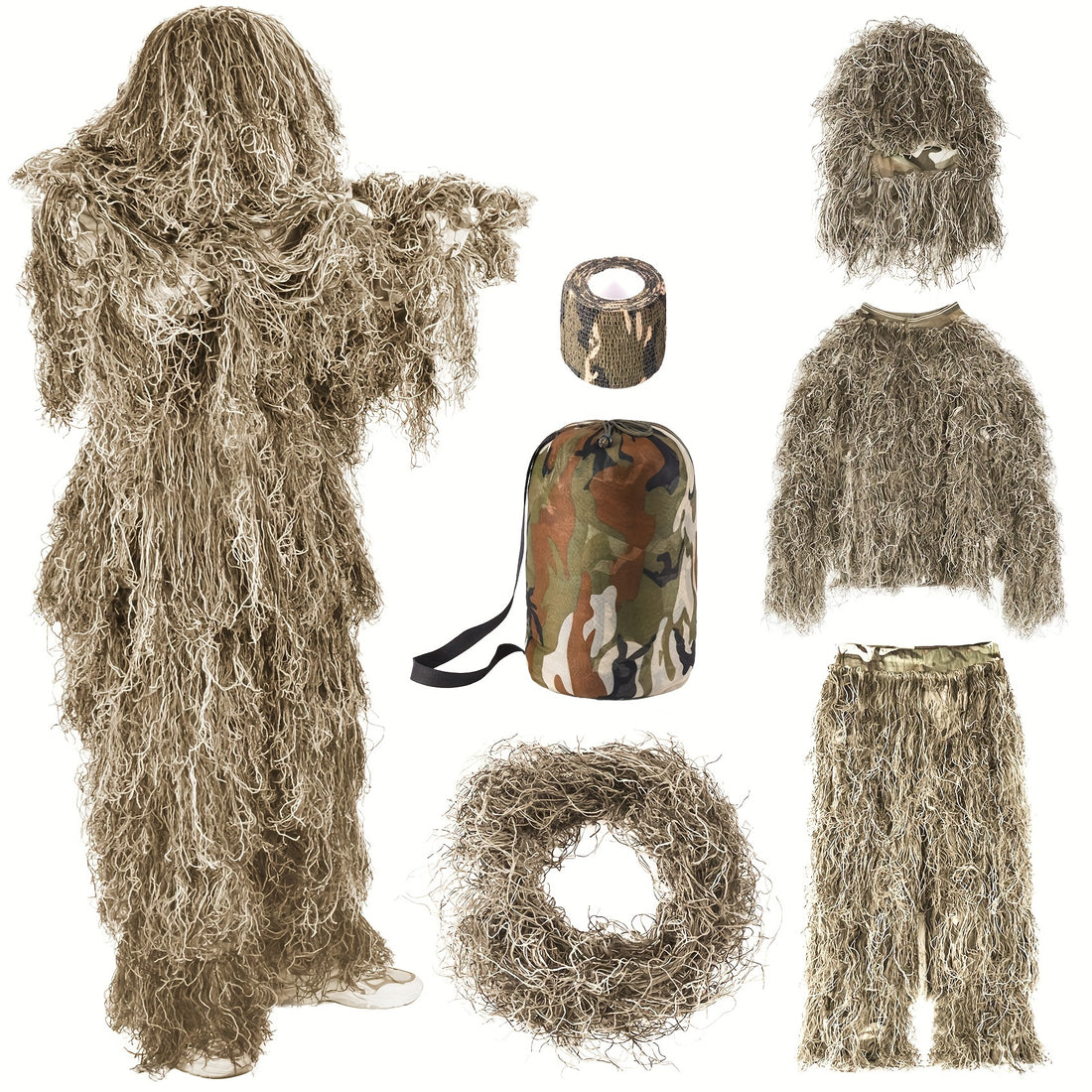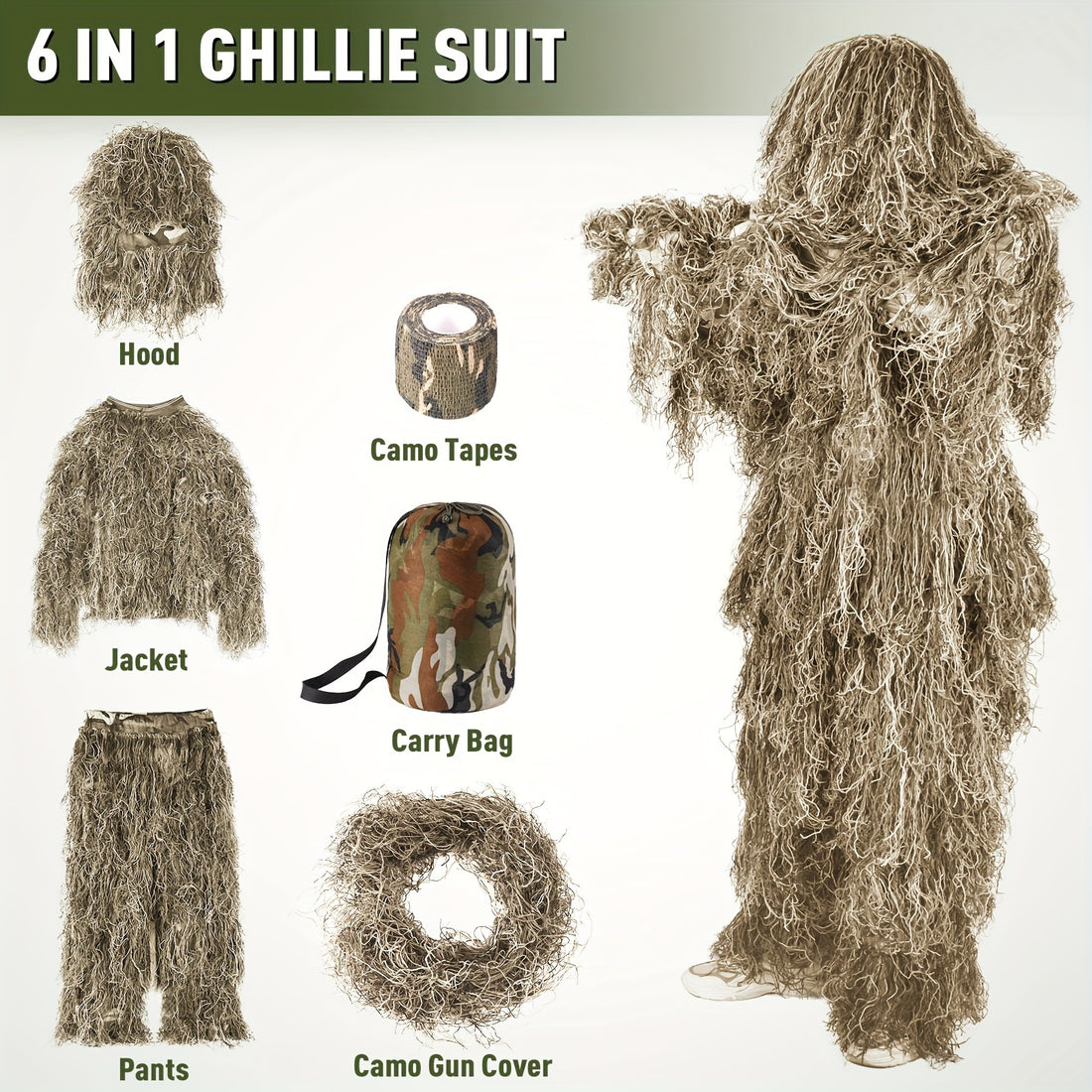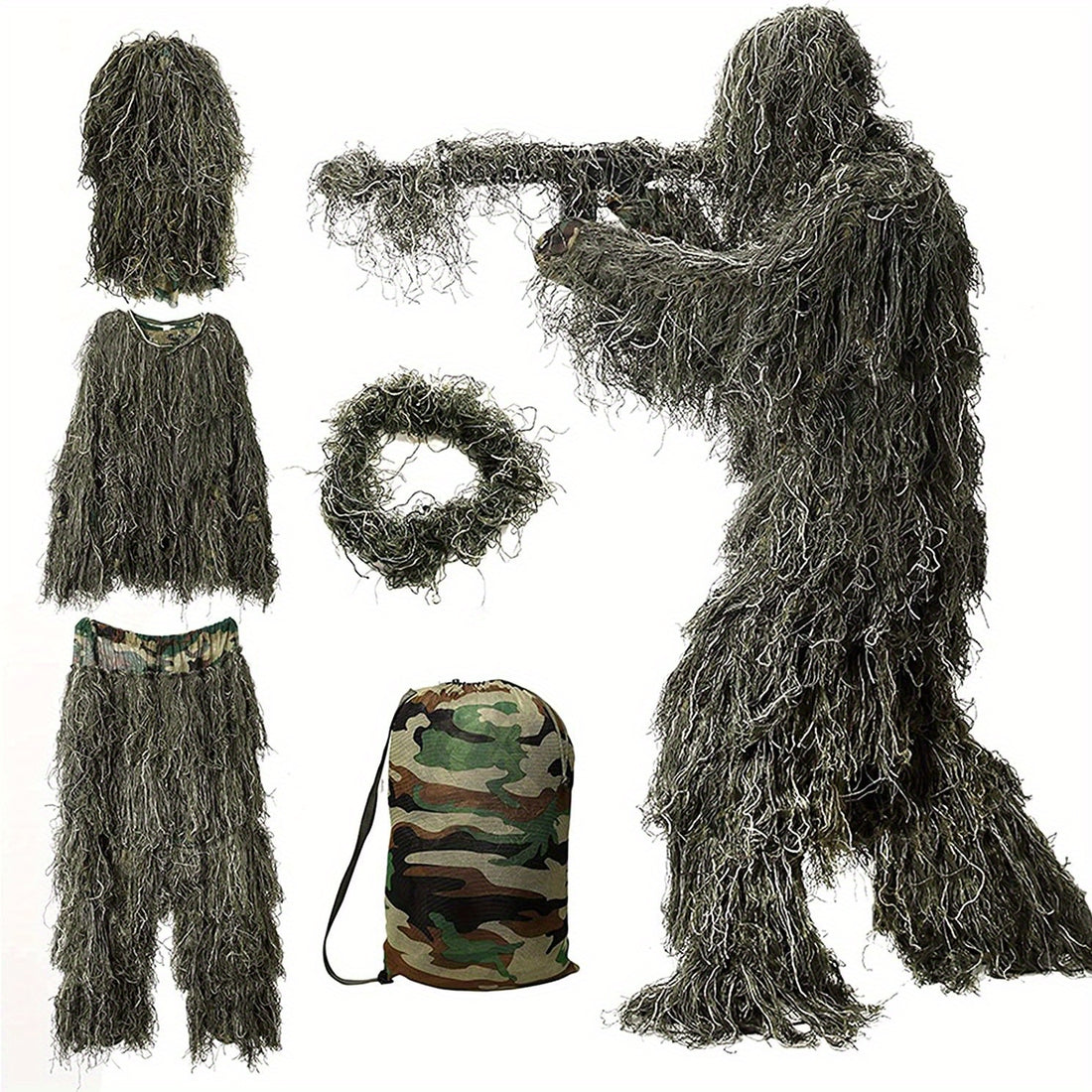Combat boots are more than just footwear—they’re specialized tools designed for warfare, terrain, and soldier performance. This guide traces their evolution from the rugged designs of World War II to today’s biomechanically optimized systems, highlighting key innovations in durability, mobility, and mission readiness.
1. World War II (1939–1945): The Rugged Foundation
Design Philosophy
WWII combat boots prioritized protection and longevity over comfort. Boots were viewed as disposable gear expected to last 6–12 months in trench warfare.
Technical Specifications
-
Materials: Full-grain leather uppers (3–4 mm thick), treated with dubbin wax for water resistance. Iron shanks reinforced arches, and lugged rubber soles improved traction in mud.
-
Construction: Goodyear welt stitching allowed resoling, extending boot life. 10-inch shafts stabilized ankles during long marches.
-
Weight: 3.5–4 lbs per pair.
- Flaws: Limited cushioning led to blisters and trench foot. Stiff leather required weeks to break in.
Iconic Models
U.S. Service Shoe (Type II, 1943)
German Jackboots
British Ammo Boots

2. Post-War Era (1950s–1970s): Terrain-Specialized Designs
Korean War Innovations (1950–1953)
The extreme cold (-40°F) of the Korean War drove the development of Mickey Mouse Boots:
-
Layered rubber shells trapped insulating air for warmth.
-
Valve-regulated pressure prevented frostbite.
- Weight: Over 5 lbs per pair, a tradeoff for thermal protection.
Vietnam War: The Jungle Boot Revolution (1960s–1970s)
Humid, muddy jungles demanded lighter, faster-drying boots:
-
Upper: Nylon canvas with leather toe caps for quick drying.
-
Sole: Panama tread with drainage ports to shed water and mud.
-
Hidden Danger: Steel insoles protected against punji sticks but conducted heat, causing burns.
- Legacy: These boots set the standard for modern hot-weather boots (Marine Corps Museum).

3. Late 20th Century (1980s–2000s): Science Meets Tactical Gear
Desert Storm & Material Advances (1990–1991)
The Gulf War’s 120°F desert heat exposed flaws in earlier designs:
-
Desert Boots: Suede leather and mesh panels improved airflow and resisted dust.
-
Waterproofing: Gore-Tex liners (membrane technology) blocked sand while allowing sweat to escape.
- Ergonomics: Polyurethane midsoles absorbed shock during mechanized patrols.
Athletic Brand Collaborations
-
Nike SFB (2006): Integrated running shoe technology with Phylon foam midsoles, reducing weight to ~2 lbs.
- Vibram® Soles: Megagrip compounds provided 30% better traction on rock and mud. Vibram Technology
4. 21st Century (2010s–Present): Mission-Tailored Systems
Materials & Safety
-
Lightweight Armor: Aramid fibers (e.g., Kevlar®) in uppers resist abrasion and tearing.
-
Non-Metallic Toes: Composite safety toes meet ASTM F2413 standards without triggering metal detectors. ASTM Standards
- Flame Resistance: Nomex® liners protect in aviation and mechanic roles.
Comfort & Modularity
-
Ankle Support: Asymmetric collar designs (e.g., Salomon Quest 4D) reduce strain during long rucks.
-
Speed Lacing: Boa® systems or side zippers allow boots to be put on in seconds. Boa Fit System
- MOLLE Compatibility: Straps integrate with gaiters or snowshoes.
U.S. Military Standards
-
Army Regulation 670-1: Requires 8–10-inch coyote brown boots with abrasion-resistant toes.
- Marine Corps SCAR Program: Tests boots in extreme environments like the Mojave Desert and Puget Sound for 18+ months.
Leading Models
-
Danner Tachyon: Lightweight at 1.8 lbs.
-
Belleville TR550: Electrical hazard rated.
- Lowa Zephyr GTX: Combines Gore-Tex and a lightweight design.
5. Future Frontiers (2020s and Beyond)
Biomechanical Optimization
-
3D-Printed Midsoles: Custom lattice structures adapt to individual foot pressure maps (e.g., Adidas Futurecraft.Strung)
- Smart Sensors: Flexpoint technology monitors step count, weight distribution, and muscle fatigue, funded by DARPA.
Sustainability
-
Recycled Materials: Danner Raptor uses 95% recycled polyester.
- Self-Healing Polymers: Experimental materials seal cuts while maintaining durability.
Extreme Environment Adaptations
-
Phase-Change Materials: Inspired by NASA, regulate foot temperature in Arctic or desert conditions.
- Magneto-Rheological Fluids: Soles stiffen on impact for jump operations, improving stability.
Conclusion
Combat boots evolved from static protective gear to dynamic performance systems. Each advancement—from Vietnam’s drainage vents to today’s sensor-equipped soles—reflects deeper understanding of soldier physiology and mission variables. As conflicts grow more complex, boots will continue merging tactical utility with human-centered design.
Shop our tactical boots


